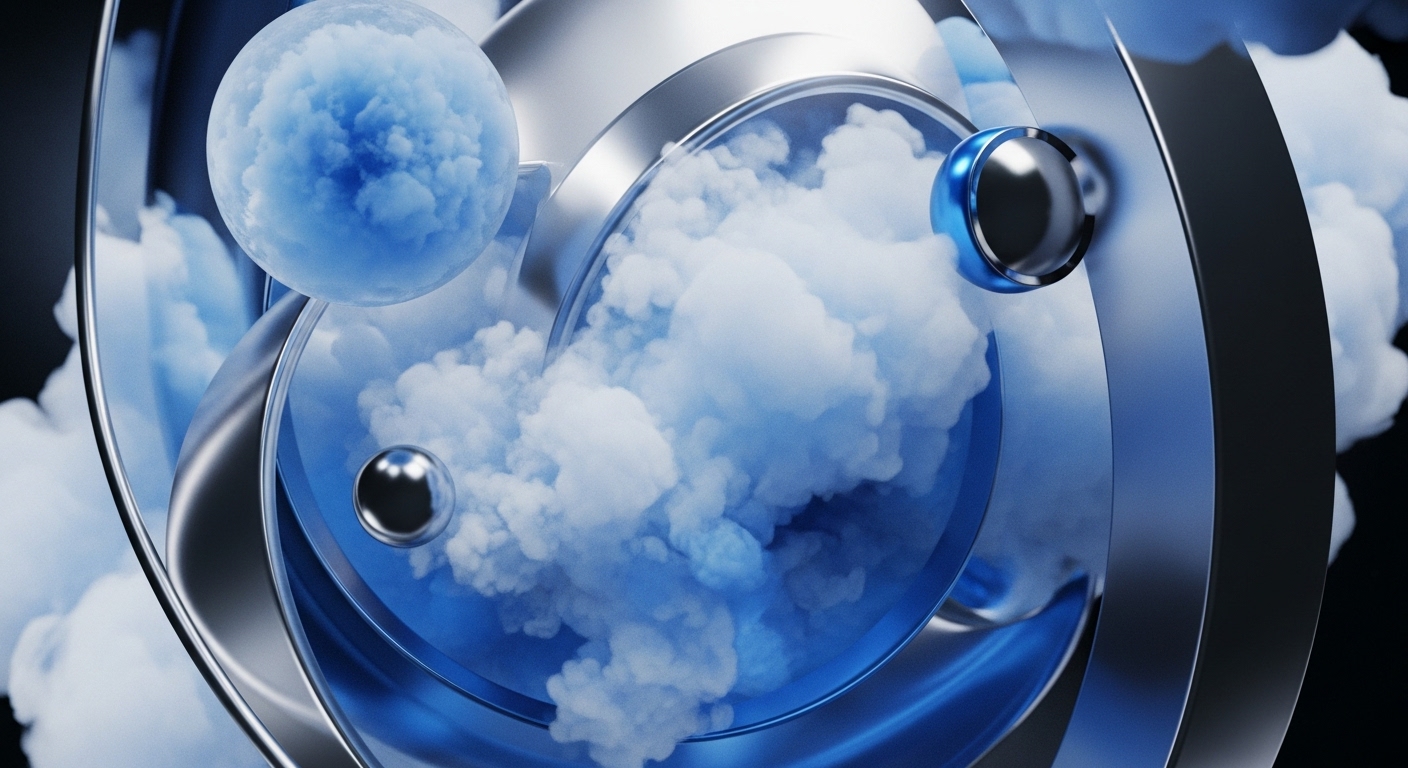
Briefing
Ethereum’s sequential transaction processing model significantly bottlenecks scalability, hindering the growth of decentralized applications. This paper introduces a novel framework for achieving maximally parallelizable transaction execution within the Ethereum Virtual Machine. It integrates strategies for predetermining transaction state accesses and employs gas-based incentivization to foster a highly parallel network. This theoretical advancement paves the way for a fundamental re-architecture of blockchain execution, promising a substantial increase in transaction throughput and supporting broader adoption of complex decentralized systems.

Context
The prevailing theoretical limitation in many blockchain architectures, particularly the Ethereum Virtual Machine, has been the inherent sequential processing of transactions. This design, while simplifying state consistency, creates a bottleneck where operations must be processed one after another, severely limiting the network’s ability to scale with increasing demand from decentralized applications and users. This foundational challenge restricts throughput and increases latency, directly impacting user experience and developer innovation.

Analysis
The core idea centers on transforming Ethereum’s execution from sequential to maximally parallel, a new model for transaction processing. This is achieved through two primary conceptual mechanisms. First, the framework proposes methods to strategically predetermine which parts of the blockchain state a transaction will access. This foresight allows the network to identify independent transactions that can run concurrently without conflicts.
Second, it introduces gas-based incentivization, a novel economic primitive, to encourage network participants to submit transactions in a way that facilitates parallel execution. This approach directly addresses the execution model’s limitations, enabling concurrent processing within the core EVM, which contrasts with solutions that rely solely on off-chain scaling or sharding.

Parameters
- Core Concept → Maximally Parallelizable EVM Execution
- New Model → Parallel Transaction Execution
- Key Mechanisms → Predetermined State Accesses, Gas-Based Incentivization
- Authors → Souradeep Das, Konpat Preechakul, Jonas Bäumer, Riddhi Patel, Jefferson Jinchuan Li
- Submission Date → April 2, 2025

Outlook
This research opens new avenues for enhancing blockchain performance, particularly within the Ethereum ecosystem. Future work will likely involve developing concrete implementations and testing these parallel execution models in various network conditions. The potential real-world applications include significantly higher transaction throughput for DeFi, gaming, and other high-demand decentralized applications within 3-5 years. Academically, this work lays a foundation for further research into transaction ordering, state access prediction, and economic incentive design for parallel processing in distributed ledgers, potentially leading to a new generation of highly scalable blockchain architectures.

Verdict
This research decisively establishes a foundational pathway for overcoming the inherent sequential processing limitations of the EVM, fundamentally reshaping the future of blockchain scalability.
Signal Acquired from → arxiv.org
